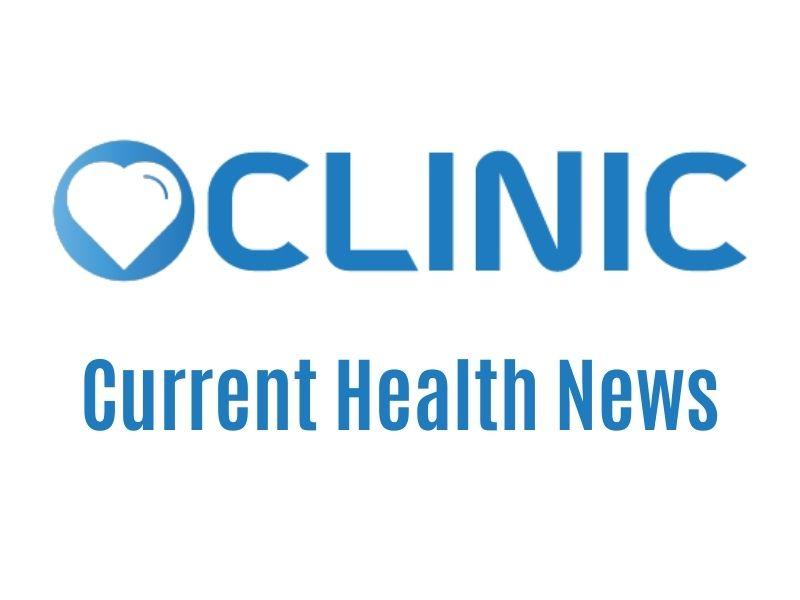Sinusitis is treated with acupuncture and needle-free acupuncture in our clinic. 50mv in treatment. We use fiberoptic laser, diode laser with scanner and cold lasers.
The cavities in the bones around the nose and eyes are called “facial sinuses (paranasal sinuses)”. Paranasal sinuses are divided into 4 main groups. Frontal sinus on the forehead; maxillary sinuses on the cheeks; ethmoid sinuses near the roof of the nose and between both eyeballs; the sphenoid sinus is located in the ethmoid sinuses. Inflammation of the mucosa lining these cavities is called “sinusitis”.
The most common cause of sinusitis is the spread of infection from the nasal cavity to one or more sinuses. Even a simple cold causes an infection in the sinuses and mucous membranes, but this often does not cause symptoms. Although paranasal sinus infections develop after a simple rhinitis (cold), it mainly concerns the nasal cavity:
* Mechanical obstructions (eg polyp, deviation..)
* Allergic structure
* Covering the inner surface of the nose Disturbances in the hairy motility activity of the mucosa
* Immune-related disorders
* Cleft lip and palate and
* It may occur due to long-term use of nasal decongestants.
Congestion in the nasal and sinus mucosa (especially in the drainage canal) blocks the flow of secretions from the sinus to the nose, leading to its pooling in the sinus and secondary bacterial infection (sinusitis).
Symptoms of sinusitis in adults are nasal congestion, yellow-green nose and postnasal discharge, face-tooth-eye pain and cough. In children, there may be restlessness, persistent cough and retching due to postnasal drip and vomiting. Contrary to the general belief, there may not be a headache especially in chronic sinusitis. Headache, if present, characteristically increases due to the increase in pressure in the sinuses during movements such as bending, lifting something heavy, coughing, shaking the head. There is no nausea as in migraine and it does not come in attacks. Symptoms that are less common in all age groups are fever, malaise, fatigue, bad breath, decreased sense of smell, sore throat, and sometimes hoarseness. Painful swellings in the forehead and eyes that occur during the course of sinusitis, double vision and general condition deterioration may be complications of sinusitis.
The goal in the treatment of sinusitis is to kill the bacteria that grow in the sinus with impaired drainage and to clean the sinus by providing drainage.
In acute sinusitis, antibiotics to kill the bacteria, nasal drops to provide drainage, some oral nasal decongestants and nasal cleaning may be sufficient. Drug treatment of sinusitis is the use of antibiotics for at least 10 days. Depending on the clinical situation of the case, this treatment may be extended to three, sometimes four weeks.
With acupuncture, both the pain that occurs during the sinusitis attack is relieved and the symptoms such as post-nasal drip and nasal congestion are also eliminated.
Sinusitis!
previous post

